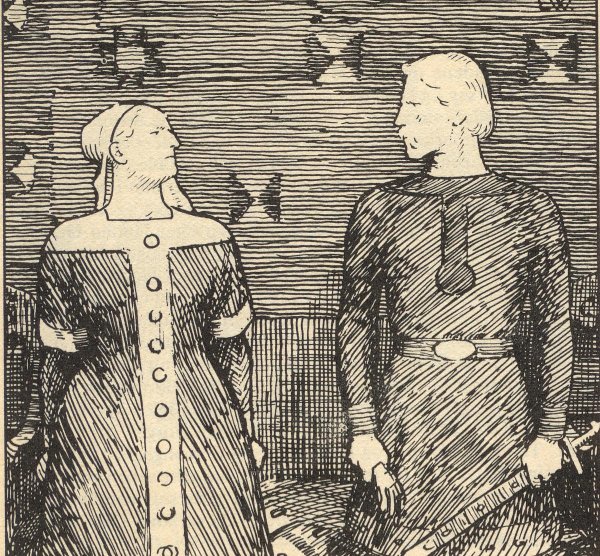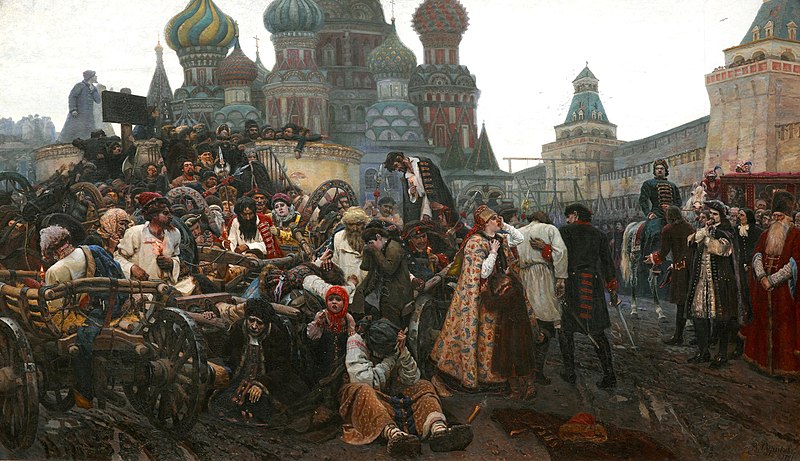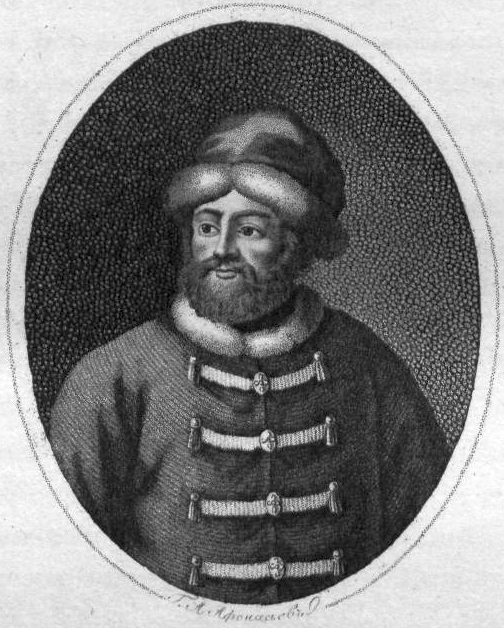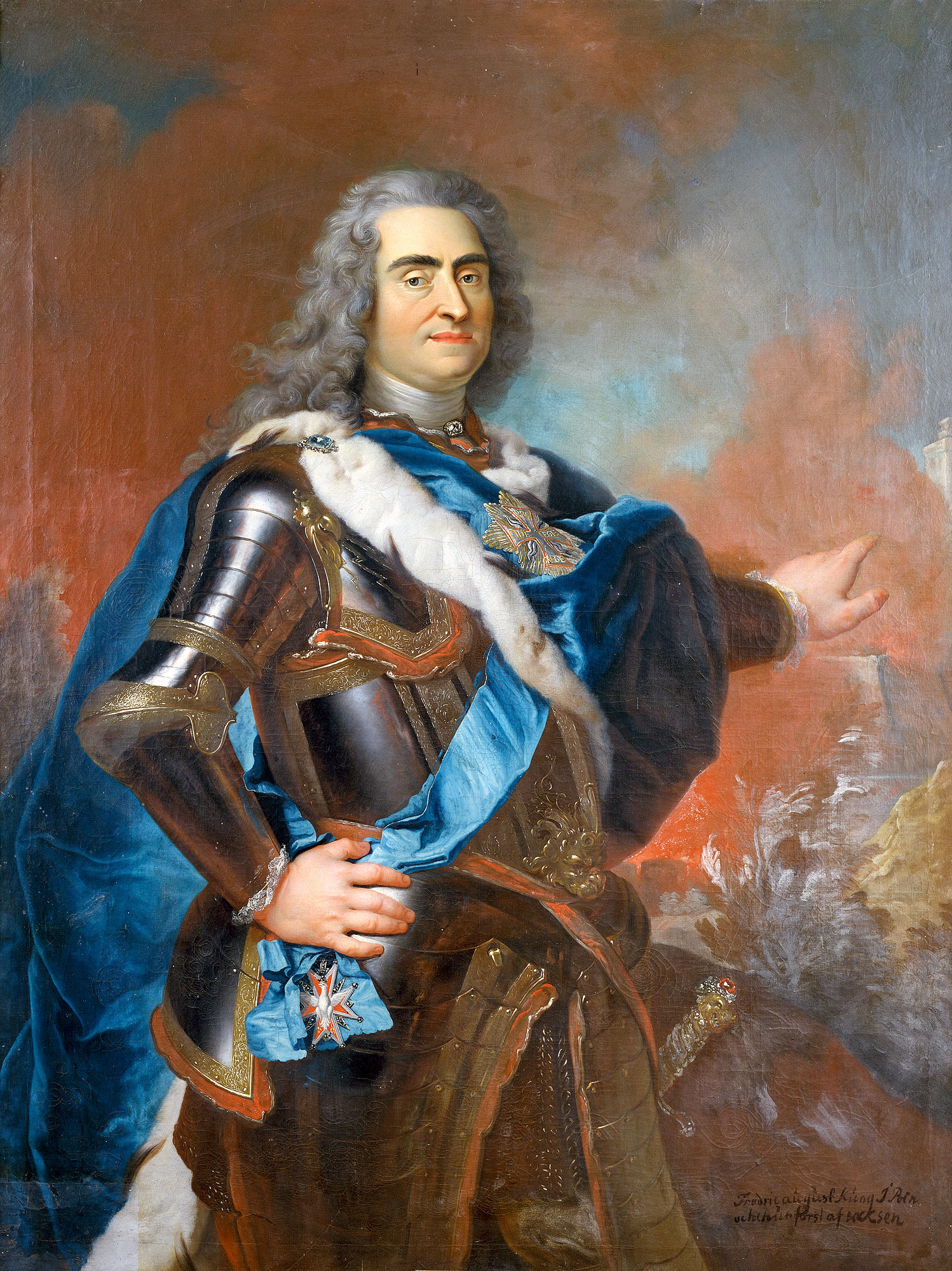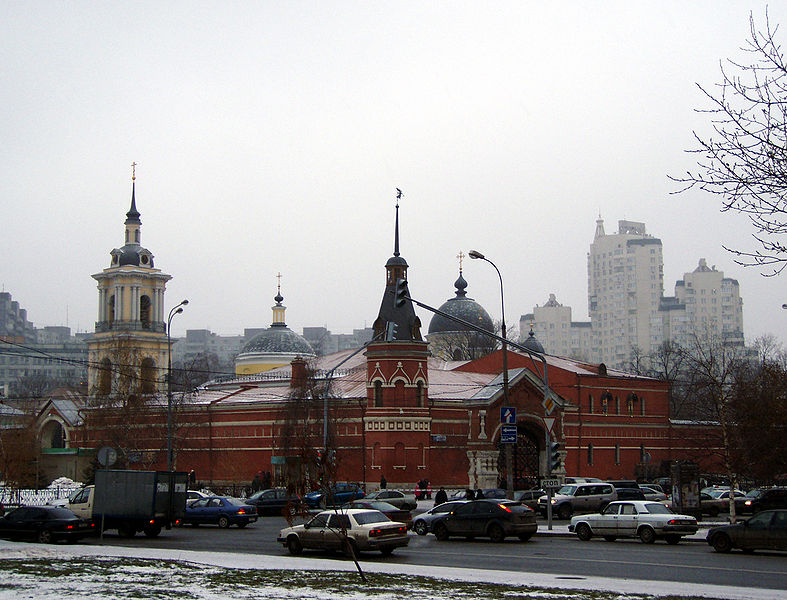Childhood
 |
| Christening of Harald Bluetooth |
Exactly
where in Denmark and when Cnut[i] was born is not known. His father
was Swein Forkbeard, a son of Harald Bluetooth, King of Denmark. In 987 Swein made himself king of
Denmark following the death of his father. In his teens Swein had married a
sister of the Polish king and she changed her name to Gunnhilde. She is possibly
Cnut’s mother and the year of 995 is a compromise date for Cnut’s birth.
In company
with Olaf Tryggvason[ii], Swein attacked London in 994 and the
army overwintered in Southampton, returning to the attack in 995. They collected
£16,000[iii] in Danegeld.
‘Olaf and Swein came to
London on the Nativity of St. Mary, with ninety-four ships, fighting constantly
the city, and they meant, moreover, to set it on fire. But they there suffered
more harm and evil than they ever believed any town-dwellers could have done
them.’[iv]
Olaf and
Swein moved on to bring fire and death to the coastal lands of Essex, Kent, Mercia
and Hampshire, returning to pillage again in 1003 and 1004. They attacked
Norwich in retaliation for a massacre of Danes the previous year.
20th Century impression of Erik praying to Odin
It is
possible that Swein went into exile during the period when Erik of Sweden invaded Denmark[v]. He returned to Denmark
only on Erik’s death in 995 and married Erik’s widow Sigrid Storrada[vi].
Sigrid Storrada and Olaf Trygvasson
‘Destroyer of the chariot of
the sea, you were of no great age when you pushed off your ships. Never,
younger than you, did prince set out to take his part in war. Chief, you made
ready your arrowed ships and were daring beyond measure. In your rage Knutr,
you mustered the red shields at sea.’[viii]
This would
imply that Cnut was very young when he first learnt the art of war. It is
postulated that Cnut was fostered by Thurkil the Tall[ix]; the Viking in command of the troops
at Jomsburg, on the Vistula. He and Cnut had a long and tempestuous
relationship and the practice of sending children off to be raised in other
noble households was just beginning.
Swein Forkbeard
In 1013 Cnut
accompanied Swein Forkbeard to England, at the head of a huge invasion fleet.
The Northumbrians and the men of the Danelaw speedily submitted to Swein. To retain the loyalties of the men of the
north, Swein married Cnut to Aelfgyfu of Northampton, the daughter of Aelfhelm, the Aeldorman of southern
Northumbria
Within weeks
Swein was in control of Wessex and Mercia, as well as Northumbria. King Aethelred[x].sent his wife Emma[xi], and their sons to safety in Normandy[xii]. Later in the year
Aethelred followed them. Swein was now de facto ruler of England, but five
weeks after Aethelred’s flight Swein died on 3rd February 1014. The Encomium Emmae[xiii] states that Swein left England to
his son Cnut.
Queen Emma and her sons
Following
Swein’s death, Aetheldred returned to England and the relatively inexperienced
Cnut withdrew with his father’s home[xiv], where his brother Harald[xv] had succeeded to the throne of
Denmark. Cnut took Aelfgyfu and his young son Svein Knuttson[xvi] back with him to Denmark. Aelgyfu
became pregnant again during this period and in 1015 or 1016 had a second son Harold Harefoot[xvii].
Returning to England
Cnut returned
to England in the summer of 1015. He landed in a country where the balance of
power had been brutally changed. At a great council gathered in Oxford, Eadric Strona of Mercia had organised the murder of two of the leading thanes
of the Danelaw.
‘Ealdorman[xviii]
Eadric betrayed Sigeferth and Morcaer, the most senior thanes in the Seven
Boroughs. He deceived them into coming to his chamber, and they were basely
killed.’[xix]
Aethelred
The victims’
estates were seized by King Aethelred The widow of one of the victims was
forcibly carried off by Eathelred’s son Edmund[xx], in defiance of his
father. He took Ealdgyth to the northern Danelaw where he
appropriated the dead men’s estates.
Cnut’s fleet
landed briefly at Sandwich and finally landed at Poole.
At the same time, King Cnut
came to Sandwich, went quickly around Kent into Wessex, until he came to the
mouth of the Frome, and ravaged then in Dorset, Wiltshire and Somerset.’[xxi]
While the
crews of Cnut’s ships ravaged Mercia, Eadric Strona was raising troops. But he
soon took service with Cnut and within four months Cnut was in control of
Wessex with the Eoldermen of Mercia under his command.
At the end
of the year Cnut and Eadric Strona crossed the Thames and raided up into
Warwickshire.
‘Cnut came with his force,
and Ealdorman Eadric with him, across the Thames into Mercia at Cricklade. They
went into Warwickshire during the season of Christmas, and ravaged, burnt and
killed all they came across.’[xxii]
The
Eaoldormen of England combined against the threat posed by Cnut, with a force collected
by Edmund in the northern Danelaw. They attacked Mercia and in retaliation Cnut
attacked the now unprotected Danelaw lands. His troops harried the countryside
up into Northumbria, where Earl Uhtred hurriedly submitted[xxiii].
With the
north under his command Cnut was now ready to attack the more heavily defended
southern shires of England. He travelled south, avoiding Edmund and his army
and reached his base in Wessex, where he ordered his fleet to transfer to the
Thames. At this clear signal that an attack on London was imminent Edmund
dropped his dispute with his father Aethelred; joining him to defend London.
King of England
On 23rd
April 1016 King Aethelred died and those gathered to defend London elected
Edmund as his successor. A few days later an assembly of Ealdormen and soldiers
from across England met at Southampton and elected Cnut as king.
Edmund’s
first priority as king was to bring Wessex back under his control and this he
duly did. But this laid London open to Cnut, whose attempts to besiege the city
were initially thwarted by the bridge across the river. Ever resourceful Cnut
set his men to digging a channel.
‘They dug a great ditch on
the south side and dragged their ships on the west side to the bridge, then diked
the borough repeatedly so that no one could go in or out. They attacked the
borough repeatedly, but they withstood them hardily.’[xxiv]
Cnut left
his men to continue the siege and turned his attention back to Wessex where he
fought two inconclusive battles with Edmund. He then returned to London. He was
followed by Edmund who attacked the besiegers near Tottenham.
The Danes
were driven back and were defeated in a pitched battle, the victory came at
enormous cost to the English, who lost large numbers of men. Edmund was
compelled to retreat back into his Wessex stronghold and the Danes returned to
their siege.
Cnut decided
to throw everything into an attack on London;
‘The force [the Danes] then
went to London, and besieged the town; they attacked them powerfully by water
and by land, but almighty God saved them.’[xxv]
Cnut’s
forces withdrew to the mouth of the Orwell and then on to the Medway.
Provisioned by attacks in East Anglia and Mercia; Cnut’s men landed in Kent,
where Edmund was ready for them. He won another battle at Otford, driving the
invaders into Sheppey. Eadric of Mercia now reversed his loyalties.
In the
autumn of 1016 the Danes crossed the Thames estuary and raided into Essex and
Mercia.
‘When the king found out
that the force was up there, he gathered for a fifth time all the English
nation, came up behind them, overtook them in Essex at the hill men call
Ashingdon, and there they came together hardily.’[xxvi]
Edmund Ironside and Cnut at the battle of Ashendon
Early in the
battle Eadric of Mercia took flight and his men were followed by contingents
from other shires. The battle ended with a victory for Cnut; many of the Saxon
earls perished but Edmund escaped. Rather than continue the fighting Cnut
decided to come to terms with Edmund and they met near Deerhurst on the Severn,
The kingdom
was divided between Cnut and Edmund, who received Wessex. He also agreed to pay
for Cnut’s army. All the lands beyond the Thames were to be ruled by Cnut.
‘It was agreed that the
kings should take the oath of brotherhood and should maintain peace as long as
both were on earth; and if that one of them died sonless, the survivor should
inherit his realm and all subjects.’[xxvii]
‘King Edmund received Wessex
and Cnut Mercia. The force went to their ships with the plunder they had taken;
London treated with them and bought peace from them. The force brought their
ships to London, and they took winter quarters there.’[xxviii]
This flawed
agreement[xxix]
was superseded by the death of Edmund on 30th November 1016; the
west Saxons then accepted Cnut as their king.
Bibliography
The Vikings
– Magnus Magnusson – Tempus Publishing Ltd 2000
Queen Emma
and the Vikings – Harriet O’Brien – Bloomsbury Publishing 2005
The
Anglo-Saxon Chronicles – Anne Savage (translator), Colour Library Books 1995
Anglo-Saxon
England – Frank Stenton, Oxford University Press 1997
Cnut – MJ
Trow, Sutton Publishing Ltd 2005
[i]
Or Knut or Canute
[ii]
King of Norway from 995.
[iii]
£16,000 in 1247 (the earliest date used for calculations) would be worth £16,200,000.00 using the retail
price index or £209,000,000.00 in 2010
using average earnings – www.measuringworth.com. The worth of the 995 monies would have been significantly more.
[iv]
The Anglo Saxon Chronicles - Savage
[v]
There is no precise date for the invasion
[vi]
Also known as Sigrid the Haughty; she too is a contender as Cnut’s mother
[vii]
At the behest of Queen Emma
[viii]
Cnut - Trow
[ix]
As stated in the 13th century Flateyarbok
[x]
Known as the Unready
[xi]
The couple had married in 1002 after an abortive attempt to attack Niormandy
when it harboured a Viking army.
[xiii]
Cnut’s second wife Emma ordered the writing of the Encomium in 1041 or 2
[xiv]
He had been chosen as successor to his father by the warriors of the fleet
[xv]
Emma’s Encomium states that Cnut was the eldest son, although there does seem
some dispute about that
[xvi]
Future king of Norway, his date of birth is also not known and he may have been
born as late as the following year
[xvii]
Later King of England
[xviii]
High ranking royal official and magistrate of a shire; by this time the term
was usually shortened to earl
[xix]
The Anglo Saxon Chronicles - Savage
[xx]
Known as Edmund Ironside
[xxi]
The Anglo Saxon Chronicles - Savage
[xxii]
Ibid
[xxiii]
Uhtred was murdered not long after and his earldom was given by Cnut to Erik of
Norway.
[xxiv]
The Anglo Saxon Chronicles - Savage
[xxv]
Ibid
[xxvi]
Ibid
[xxvii]
Cnut - Trow
[xxviii]
The Anglo Saxon Chronicles - Savage
[xxix]
There were a number of Ealdormen who had lands straddling the divide and the
question would have arisen of divided loyalties

